A Tapestry of Traditions: Exploring the Rich History of Southern California Native American Tribes
A Tapestry of Traditions: Exploring the Rich History of Southern California Native American Tribes
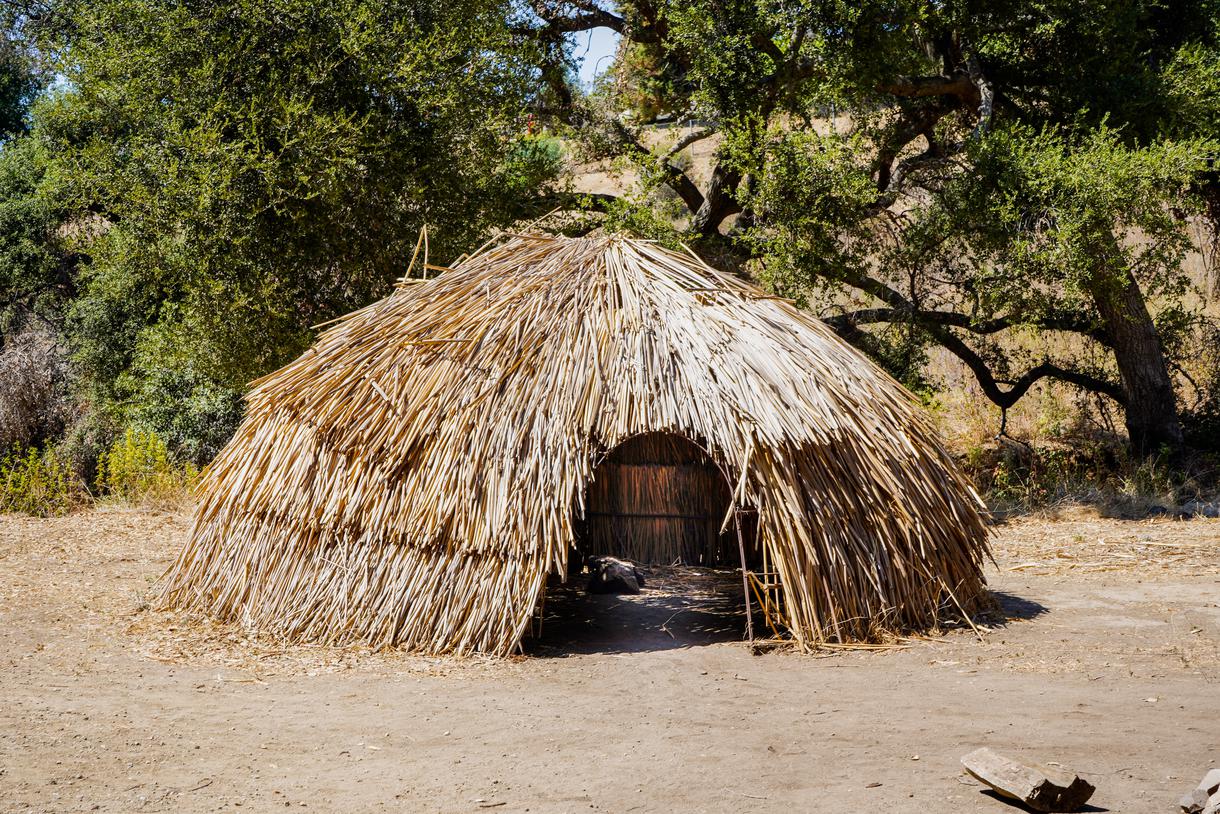
Southern California, a region known for its sun-drenched beaches, bustling cities, and Hollywood glamour, holds a history far deeper and richer than its modern image suggests. Long before the arrival of European settlers, this land was home to a diverse tapestry of Native American tribes, each with its own unique language, culture, and traditions. From the towering peaks of the San Bernardino Mountains to the rolling hills of the San Gabriel Valley, these tribes thrived for centuries, leaving behind a legacy woven into the very fabric of the region.
A Land of Diverse Peoples:
Related Articles: A Tapestry of Traditions: Exploring the Rich History of Southern California Native American Tribes
- Native American Hunting: Ancestral Knowledge for a Sustainable Future
- Uncover USA’s Treasured Past on National American Heritage Day!
- Bear-ing the Spirit: Native American Designs with a Roaring Touch!
- What’s in the Plume? Unveiling the Majestic Beauty of an Eagle Feather
- Inside Native American Reservations: Unveiling Hidden Realities
Southern California, encompassing present-day counties like Los Angeles, San Diego, Orange, Ventura, and Riverside, was once home to a remarkable array of Native American cultures. These tribes, often categorized by their language families, include:
-
The Tongva (Gabrieleño): The Tongva, also known as the Gabrieleño, were the original inhabitants of the Los Angeles Basin, including the Santa Monica Mountains and the Channel Islands. They were skilled fishermen, hunters, and gatherers, known for their intricate basketry and their deep connection to the natural world.
-
The Chumash: The Chumash, residing along the central and northern coast of California, were renowned for their sophisticated maritime technology, including the construction of plank canoes. They were also highly skilled in the art of rock painting, leaving behind stunning depictions of their lives and beliefs.
-
The Cahuilla: The Cahuilla, inhabiting the inland valleys and mountains of Southern California, were known for their intricate knowledge of desert plants and their unique cultural traditions. They were also skilled artisans, creating beautiful pottery, baskets, and tools.
-
The Serrano: The Serrano, residing in the San Bernardino Mountains and the Mojave Desert, were known for their resilience and their ability to thrive in harsh environments. They were expert hunters and gatherers, relying on the resources of the mountains and deserts.
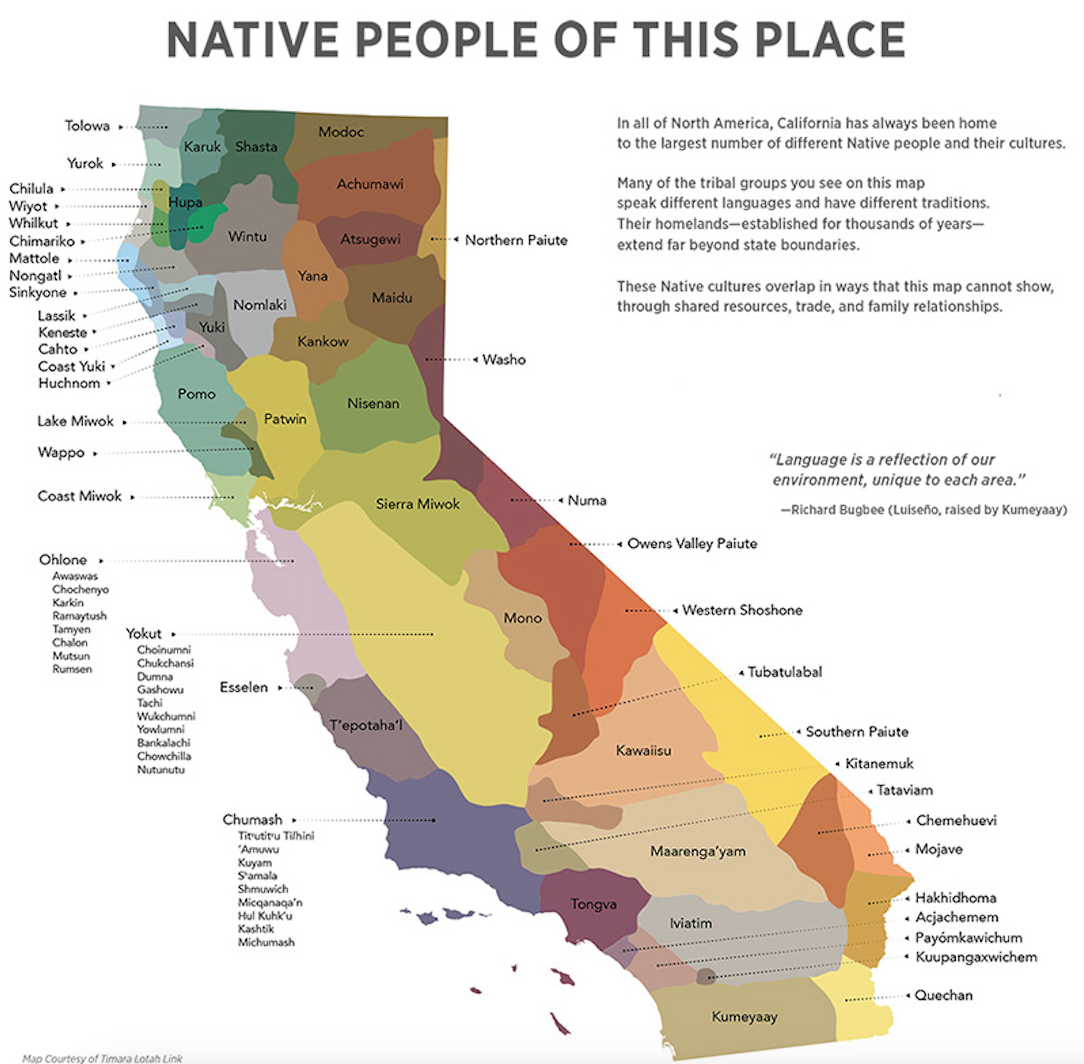
-
The Luiseño: The Luiseño, living in the coastal areas of San Diego County, were skilled artisans and fishermen. They were also known for their intricate storytelling traditions, preserving their history and beliefs through oral narratives.
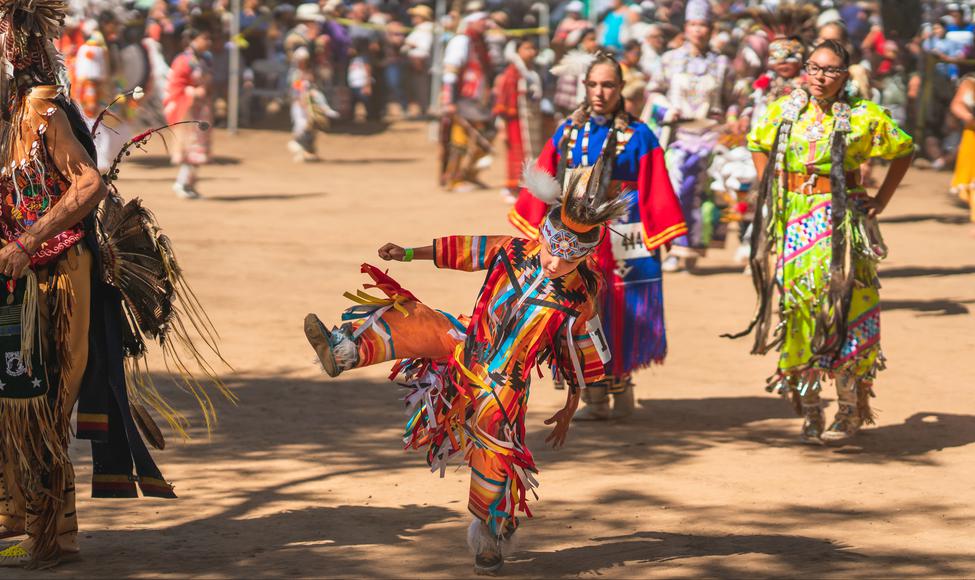
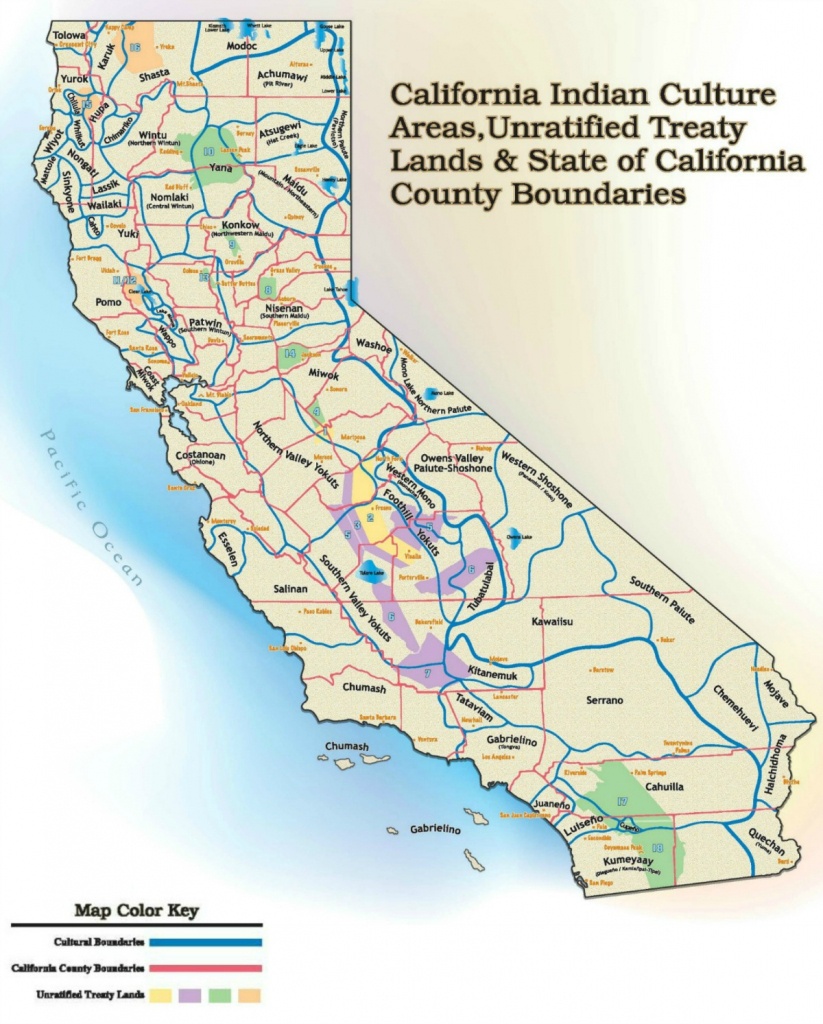
A Legacy of Resilience:
Despite their rich cultural heritage, Southern California Native American tribes faced significant challenges with the arrival of European settlers. Missionization, forced assimilation, and disease led to a devastating decline in their population and the disruption of their traditional ways of life. However, these tribes have shown remarkable resilience, preserving their languages, traditions, and cultural practices.
Reviving the Past:
Today, Southern California Native American tribes are actively working to revitalize their cultures and languages. Through tribal language immersion programs, cultural centers, and community events, they are ensuring that the legacy of their ancestors continues to thrive.
-
The Tongva Language Project: This project aims to revitalize the Tongva language, which was once on the brink of extinction. Through language classes, workshops, and community outreach programs, they are working to ensure that the Tongva language is spoken by future generations.
-
The Chumash Museum: This museum showcases the rich history and culture of the Chumash people. It houses a collection of artifacts, exhibits, and educational programs that educate visitors about the Chumash way of life.
-
The Cahuilla Indian Reservation: This reservation is home to the Cahuilla people, who continue to practice their traditional cultural practices. They host cultural events, ceremonies, and educational programs that celebrate their heritage.
-
The Serrano Cultural Center: This center offers a glimpse into the rich culture and traditions of the Serrano people. It features exhibits, workshops, and cultural events that highlight their history and art.
A Future of Cultural Preservation:
The journey of Southern California Native American tribes is a testament to their resilience and their unwavering commitment to preserving their cultural heritage. By embracing their traditions, languages, and stories, they are ensuring that their voices are heard and their legacy continues to inspire generations to come.
FAQ about Southern California Native American Tribes:
Q: What are the main language families of Southern California Native American tribes?
A: The main language families include Tongva (Gabrieleño), Chumash, Cahuilla, Serrano, and Luiseño.
Q: What are some of the traditional cultural practices of these tribes?
A: Traditional practices vary between tribes, but include:
- Ceremonies and rituals: These ceremonies often celebrate life events, seasonal changes, and spiritual connections.
- Storytelling and oral traditions: Stories were used to preserve history, teach values, and connect with the spiritual world.
- Arts and crafts: These include basketry, pottery, beadwork, and intricate designs.
- Hunting and gathering: Tribes relied on the natural resources of their environment for sustenance.
Q: What are some of the challenges faced by Southern California Native American tribes today?
A: Challenges include:
- Loss of land and resources: Land alienation and environmental degradation impact their traditional ways of life.
- Cultural assimilation: The pressure to conform to dominant cultural norms can lead to the loss of traditional practices.
- Lack of recognition and representation: Historical injustices and ongoing discrimination continue to impact their well-being.
Q: How can I learn more about Southern California Native American tribes?
A: You can:
- Visit tribal museums and cultural centers: These offer exhibits, programs, and educational opportunities.
- Attend tribal events and celebrations: These provide firsthand experience of their traditions and culture.
- Support tribal organizations and initiatives: Contribute to their efforts to preserve their heritage and promote self-determination.
- Learn about their history and current issues: Read books, watch documentaries, and engage with tribal voices.
By recognizing and appreciating the rich history and culture of Southern California Native American tribes, we can foster greater understanding, respect, and collaboration. Their resilience and dedication to preserving their heritage serve as a powerful reminder of the importance of protecting our shared cultural heritage and honoring the diverse voices that contribute to the tapestry of our society.
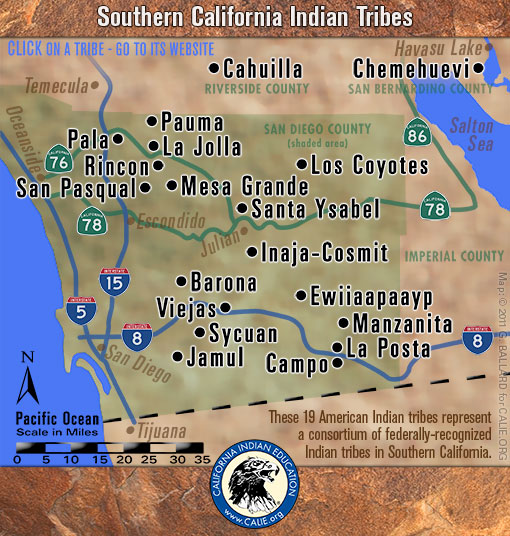
Closure
Thus, we hope this article has provided valuable insights into A Tapestry of Traditions: Exploring the Rich History of Southern California Native American Tribes. We thank you for taking the time to read this article. See you in our next article!


